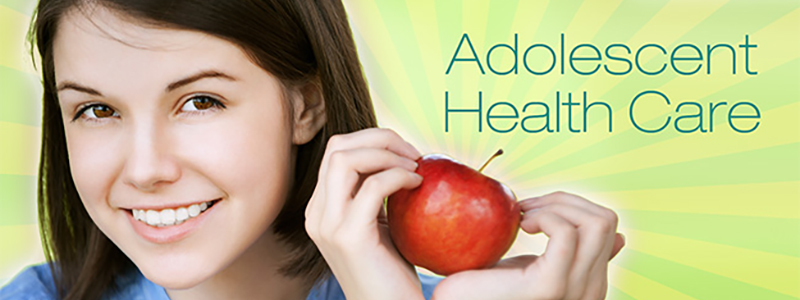

Monday To Saturday-
Morning- 10.30 am To 01:00 pm |
Evening- 6.30 pm to 09:00 pm
call us
+91 9869719413

There are 253 million adolescents in the age group 10-19 years in India. This age group comprises of individuals in a transient phase of life requiring nutrition, education, counseling and guidance to ensure their development into healthy adults. They are susceptible to several preventable and treatable health problems, like early & unintended pregnancy, unsafe sex leading to STI/HIV/AIDS, nutritional disorders like malnutrition, anemia & overweight, alcohol, tobacco and drug abuse, mental health concerns, injuries &violence.
Government of India has recognized the importance of influencing health-seeking behavior of adolescents. The health situation of this age group is a key determinant of India’s overall health, mortality, morbidity and population growth scenario. Therefore, investments in adolescent reproductive and sexual health will yield dividends in terms of delaying age at marriage, reducing incidence of teenage pregnancy, meeting unmet contraception need, reducing the maternal mortality, reducing STI incidence and reducing HIV prevalence. It will also help India realize its demographic dividends, as healthy adolescents are an important resource for the economy
The Centers for Disease Control and Prevention (CDC) recommends that the HPV vaccine be given to girls and boys between ages 11 and 12. It can be given as early as age 9. It's ideal for girls and boys to receive the vaccine before they have sexual contact and are exposed to HPV. Research has shown that receiving the vaccine at a young age isn't linked to an earlier start of sexual activity.
Once someone is infected with HPV, the vaccine might not be as effective. Also, response to the vaccine is better at younger ages than it is at older ages.
The CDC recommends that all 11- and 12-year-olds receive two doses of HPV vaccine at least six months apart. Younger adolescents ages 9 and 10 and teens ages 13 and 14 also can receive vaccination on the two-dose schedule. Research has shown that the two-dose schedule is effective for children under 15.
Teens and young adults who begin the vaccine series later, at ages 15 through 26, should receive three doses of the vaccine.